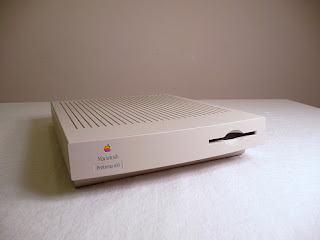Some premier league recent matches
During the confrontation with other players the game requires a high concentration effort and the ability to perform simultaneous actions. Playing it releases large amounts of adrenaline in blood. Many people suffer from anxiety during matches against players of higher and lower leagues. In these matches you can classify to a higher or lower league. The feeling of losing your classification can be so overwhelming that some people becomes unable to play a game. They panic about what their followers or friends will think of them as gamers.
This happens in every league. It is clear that all this nervousness affects the enjoyment and performance during the match. I found a post in a blizzard forum with information about this topic. It was written in Spanish by a student of psychology, so I wanted to translate it and enumerate its most relevant points. I think that these key points can be applied to our personal life. If you think this is a joke, you should know that many retirees get angry when they lose playing cards or dominoes. Even with all their life experience.
In psychology it is believed that the emotions of fear come from automatic appraisals. The problem is that these evaluations are automatic and inevitable. If we think about it, becoming nervous about losing a game may be silly. However, if the cause of this anxiety is our daily work, arguments with colleagues or the consequences of our business decisions then it becomes a serious problem.
Too much adrenaline makes you angry and can become quite addictive. So, before starting consuming tranquilizers to play Starcraft, please keep calm, change your way of thinking and discard irrational fears. Here are some recommendations:
- Detect when our body is secreting adrenaline and accept it. This will reassure us and help stop it. Some symptoms are: fast heart rate, rapid breathing, sweating, visual concentration, greater responsiveness, muscle tension, tremors, stomach pain...
- Face the situation that causes the fear. The more times we have faced something, the better.
- Reduce social tension. Talking cordially with your opponents helps. Also, we should stop caring about what others think of us. You are important!.
- Know our limitations, ignore our ego and focus on we really are. Set your goals wisely. High expectations will increase self-punishment on failure.
- Calmly assess the real consequences of failure. Basically focus on the most important thing: to be alive and enjoy every moment. We seem to forget that. Is it so serious to close a business? What if I make a mistake in the exam? What if I lose some money? Is it really so important what others think or say? Do I need all this fake people around me? It is so wrong being on the bronze league?
Some Starcraft 2 streamers in spanish language:
Giltzoko
Terranouta
Sitaska
luisggg
Jim Raising
Cubanosc2





